When starting the process of building a successful software product there are certain aspects within this process that must be understood, so that you center your energy in the right direction. These foundation stones on which a product is built are not usually very flexible but rather a framework that needs to be thoroughly understood so that your energy will be spent efficiently and focused.

Preparation Before the Storm
Start, by writing business plan yourself, yep you read correctly (it’s the only way to really learn your business) . A serious business plan that contains, potential market size (including seat count), competition (including product price structures) and technological trends should be addressed. There is no point in developing a product and only then realising that you haven’t done your homework. Building a software “solution” is the easy part (notice the word “solution”), marketing and sales is where most companies fail to produce in the end. This is this most commonly overlooked aspect of software development.
Marketing and Sales Plan
People tend to focus way too much energy on the development stage and refer to the marketing and sales aspect only as a side or after thought, only to get bitten in the arse when they wake up and realise that they haven’t fully thought things through….
Product Pricing
Another very important and also often overlooked aspect is of course, is the “price” of your product. There’s no point in investing millions of dollars into a product that customers aren’t willing to pay for…. What I mean by this is that your software product might be absolutely incredible if it costs a hundreds or even a thousands dollars, but may be a terrible solution if your asking price is in the millions.
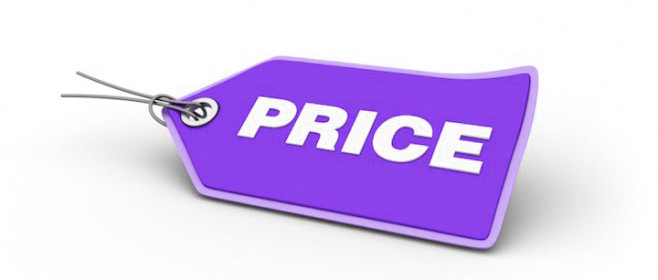
A Products Objective
The objective of every product owner is to create a successful product so that it will succeed in it’s target market. All products have four main stages of life, the development stage, the expansion stage, the harvesting stage and then the inevitable decline stage. So, what is the best way to succeed in building your ultimate product?
A successful product first and foremost solves a problem, saves time and money for the product purchaser and performs well throughout its life cycle.
The initial design and core logic of the product should be focused on satisfying the customer and target market’s needs. The time it takes to develop the product has a direct relationship on the quantity of units that need to be sold to satisfy the goals of the products creator and for it to be economical to produce.
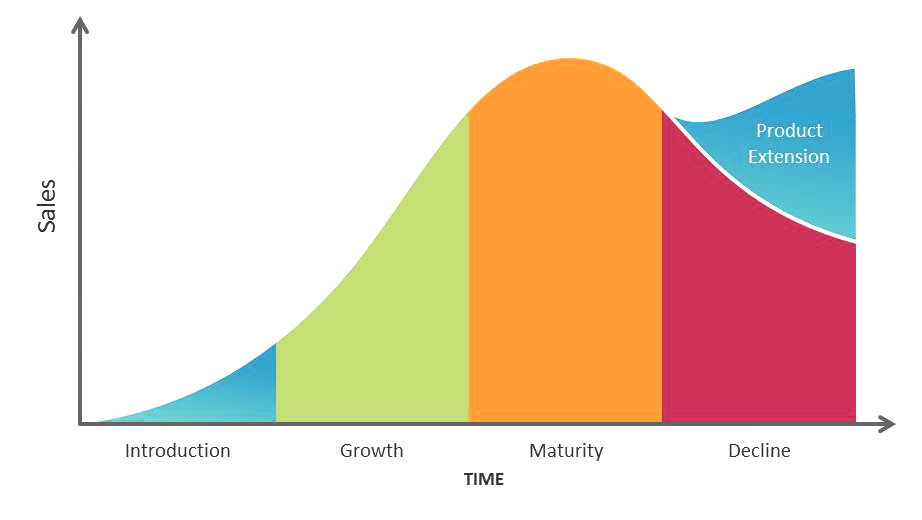
The Development Stage
During the development stage, the product is designed based on a series of assumptions, surveys and understandings. The results of these inputs are then matched against your target market, user habits, technological trends and competition.
Successfully combining and mixing all this data in the development stage does not guarantee that the product will succeed in the market.
The Strategic Plan
The success of a product is determined in the next two stages of the product life cycle. The expansion stage and the harvesting stage. To succeed in these two stages the product must have a gradual and sustainable expansion plan to enter the market. The first step is to build a good starting point from which it will slowly expand and begin to build its market footprint.
The process of building a market footprint is an inter-disciplinary task that requires multiple functions within a company to work together.
The product development team works together with the marketing team to create product information content. The sales and logistics team then take this material and create a plan of attack. Building a successful market footprint is an interlinked company process.
Don’t be fooled into letting the marketing and sales team define product content as they are often blinded by hype and marketing jargon.. You’ve been warned
Planning your Product Deployment Expansion Stage
The geographical expansion of a product should be planned in stages or designed to cover specific regions within a market sector. The numerical distribution (ND) of product must be planned and understood so that enough units are sold to create the required presence in the target market. This depends on your product strategy and logistic capabilities as this stage required both time and money. This stage must be planned correctly to leverage the best results from the resources you have invested. Focusing on, and targeting a specific market will produce the best results as not all potential customers will purchase your product. So, try to focus on as broader market as possible. It’s all about the numbers.
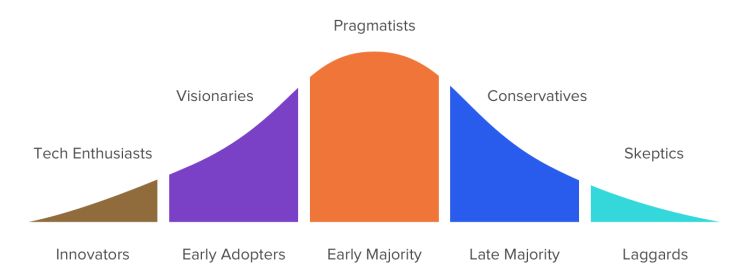
The following section briefly goes through the required steps that must be dealt with in order to maximise your products potential.
Product Presentation – creating a good product presentation is essential in guaranteeing that your products competitive advantage and unique functionality can be best leveraged to differentiate it from the competition. The customer wants to purchase a product that saves both time and money. A good presentation creates brand value in the eyes of the customer.
Marketing Techniques – By marketing the product in a certain way and by using unique terms and process names to describe the product functionality, the product owner can create new product habits and usages that can lead to increased sales. Even better, cause the completion to “re-use” your unique terms and process names to describe their competing products. Yeah….
Product Differentiators – are the best way to help your products expansion and build you market footprint. Because it will make your customers choose to buy your product over you competitor’s wares due to the perceived advantages of using your product.
Product Extras – Expansion packs, special offers, innovations and sleek design are all drivers of consumer interest and can also generate sales as well as provide additional purchase mechanisms.
Product Perception – Apart from the pricing mechanism creating value is important and is achieved by the quality of the product, customer satisfaction, product excitement and of course the products image. The products perceived value increases its price.
Building customer loyalty takes time and a lot of effort. But once you have created it, the customers will trust you. It is this trust that will help generate sales and further expand your products reach and generate sales growth. A good market footprint will lengthen the curve of your products life cycle and help you make it last for a long time.
Remember, that if the core logic of your product is flawed, none of this will help you to succeed in selling it…
What, Where, How and Who
Remember to clearly define the product you are selling, where you intend to sell it (geographical locations), how you intend to sell the product and most importantly, to whom (who exactly is your target audience of customers? I hope there are many…
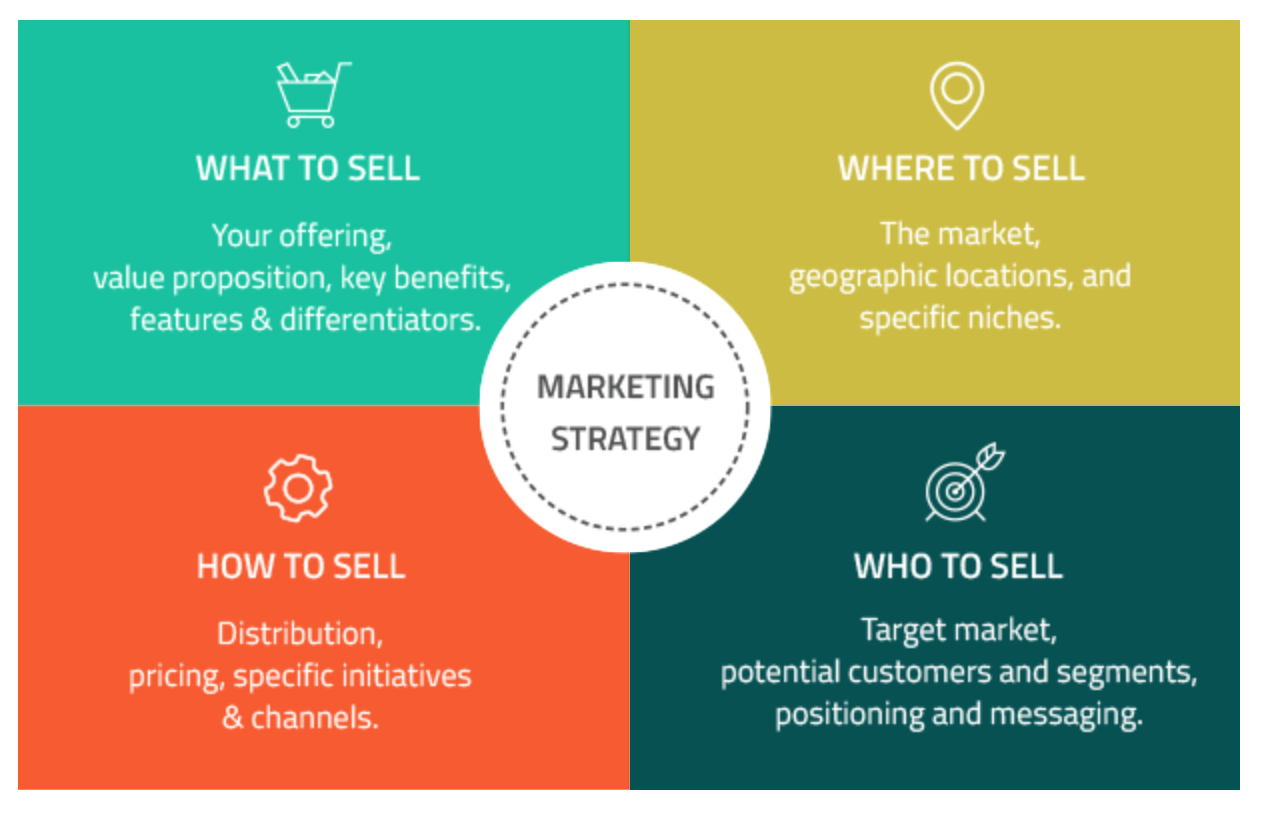
The most important and overlooked aspect of building a product is the marketing and sales.
To Conclude
I have tried to keep it brief and only focus on the main aspects (as I see them) in regard to building a successful product.
As simple and straight forward as what I have written here may seem, more often than not these important foundation stones of creating a product are completely overlooked.
By not investing enough time and energy is these important aspects of product development it often leaves those that struggle to build the actual product in state of confusion and dismay. Too much energy is focused on them to build more feature and add more functions in a desperate attempt to try and solve and correct all of the erroneous foundations on which the product was initially built
Marketing and Sales
This is where most of the company effort and resources should be focused. Your product should not be a secret that only you know about. It is also common for practitioners to second guess the product design as an excuse for not focusing on their actual task of marketing and selling the product.
A poor tradesman always blames his tools…
After all, it’s all about numbers. About one success to ten attempts to be exact. So don’t be discouraged by rejection. In fact, embrace it because if you do things right it will happen a lot.
Related Articles
Read the following articles to gain a deeper understanding of how to create a winning software product.
UX, Docs & Help – The Holistic Solution
When designing and creating a software application, there are many different aspects to consider during the planning phase. There are of course the obvious primary tasks, such as ensuring that the product solves a problem that exists in the target market, which...
Defining a Product Requirement Doc.
The first step to building an amazing software product is to define the products objectives in a document called the "product definition document" commonly referred to as the PRD. The PRD must clearly define the products market segment and where it fits in the market....
Designing a Unique Software Product
As with all good designs, the most important factor in the process is you the design artist... There is a finite set of UI components, colour palettes, fonts, layout frameworks and design techniques available for designing a user interface (UI). So, the art form is...

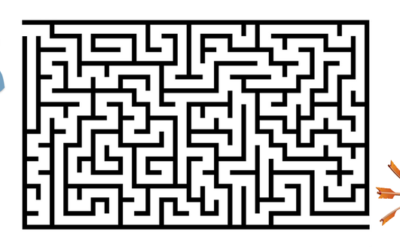


Recent Comments